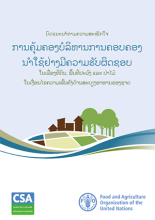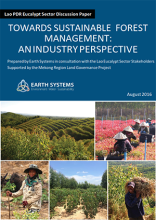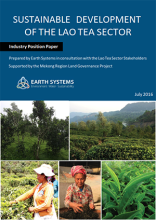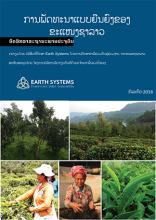Land Library
Welcome to the Land Portal Library. Explore our vast collection of open-access resources (over 74,000) including reports, journal articles, research papers, peer-reviewed publications, legal documents, videos and much more.
/ library resources
Showing items 1 through 9 of 9.The Mekong Region Land Governance (MRLG) project, MLIKE (Mekong Land Information and Knowledge Exchange), and the Land Portal co-facilitated an online dialogue on “Responsible Large Scale Agricultural Investments in the Mekong Region” on 09-27 October 2017.
With current rates of land degradation reaching
ten to twelve million ha per year, there is an
urgent need to scale up and out successful,
profitable and resource-efficient sustainable
land management practices to maintain the
health and resilience of the land that humans
FAO published its Voluntary Guidelines on the Responsible Governance of Tenure (VGGT) of Land, Fisheries and Forests in the Context of National Food Security in 2012.
The concern for the well-being of land is often directly related to one’s proximity to the land, be it physically, economically or culturally. Land is more precious if one’s livelihood depend on it immediately than if one is merely a visitor.
In Cambodia, the majority of the population is still composed of smallholder family farmers. 54% of the total labour force is employed in agriculture. They have access to 3.6 million ha of land, representing 19% of the country’s total land.
The eucalypt sector in Lao PDR consists of several large eucalypt developers and a growing smallholder base.
The Lao tea sector is small in the global context but has significant potential to grow and further contribute to the local economies of tea production areas in the north and south of Lao PDR.
The Lao tea sector is small in the global context but has significant potential to grow and further contribute to the local economies of tea production areas in the north and south of Lao PDR.
This volume contains the presentations made at the Eighth International Conference on Dryland
Development. It is hoped that it will serve as a repository of information on the problems and prospects of









